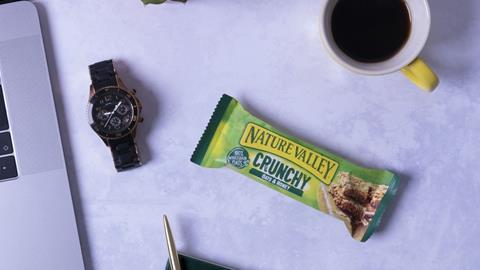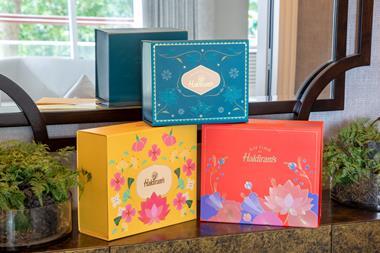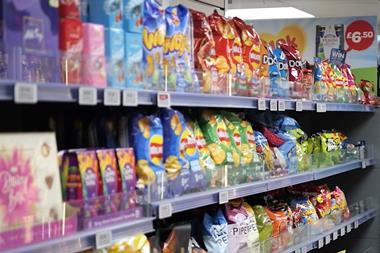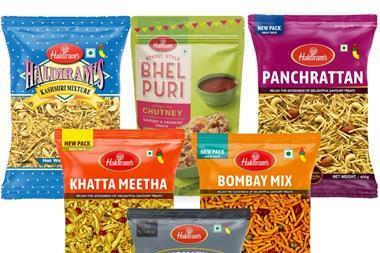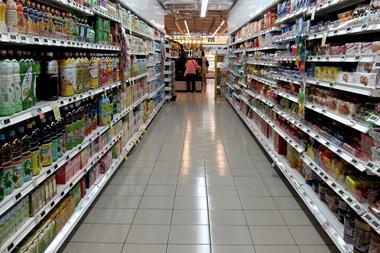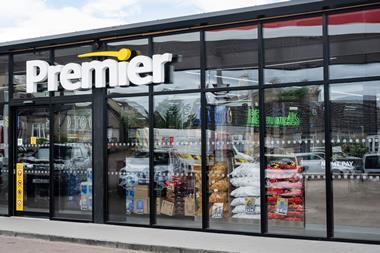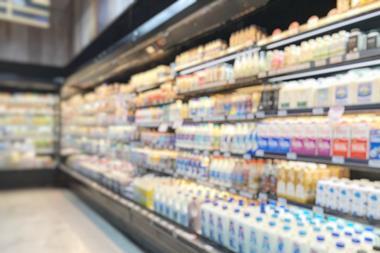Health and wellbeing are driving the market in snacking and, with the HFSS ban on the horizon, convenience retailers need to plan how they are going to address the changes and maintain sales momentum in the category.
With life now returning to some sort of normal, and more people on the move, the future is looking bright for the snacking market. ‘Guilt-free’ and more permissible snacks are in demand as consumers look for options to help them stick to healthier habits, especially in a post-pandemic world of hybrid working. Nearly half of people who work both at home and in the office said they are conscious of what they eat to stay healthy1.
More and more, ‘better-for-you’ means ‘better-for-your-business’. Snack bars are forecast to grow 14% over the next three years2 as confectionery and sweet biscuits become a smaller part of the in-between-meals repertoire.
With an accelerated need for better-for-you options, there has never been a more important time for retailers to give dedicated space in-store to products at the lower-calorie, nutrient-fortified or minimally processed end of the snacking spectrum.
Following up on market trends
Snacks which boost nutrition through added fibre or protein, those fortified with vitamins, or those that help consumers get their five-a-day or reach certain lifestyle goals are in high demand; 44% of consumers think that snacks are a good way to add nutrients to your diet3.
In the meantime, the Covid-19 pandemic has led to more and more shoppers avoiding ‘processed’ snack bars, and switching to whole and raw ingredients, such as nuts, fruit and wholegrain. A provenance story is also a huge selling point; consumers want to know how and where their food has been grown or made.
And while consumers are looking for healthier options, they’re not willing to compromise on taste. They want the best of both worlds and look for flavour cues from traditionally more indulgent products.
Shelf cues
It’s important for convenience retailers to help shoppers understand the products they offer, and the various need states they meet, such as functional snacks or guilt-free indulgence. Consumers’ needs vary throughout the day, so it is essential to provide great solutions across them all.
Ensuring your fixture includes the category’s top performers such as Nature Valley, the UK’s number one cereal bar4, and hugely popular Fibre One 90 Calorie, is crucial. These are the brands your customers will be looking out for, and associate with better for you snacking.
Customers still want to have fun while watching what they eat. So, a wide range of flavours to choose from for that pre-gym snack or post-work pick-me-up will keep them coming back to your store.
Be HFSS ban ready
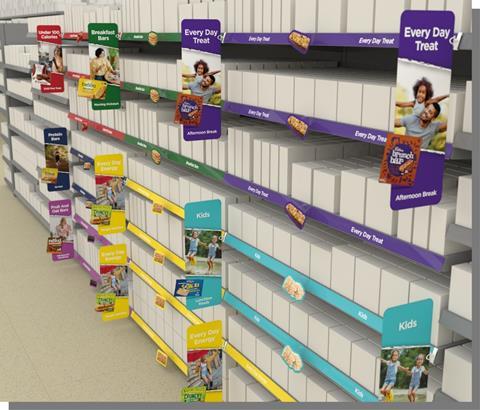
If your store falls into the scope of the ban, research which brands are working towards making their portfolio compliant or evolving their promotions to support retailers ahead of the legislation.
An example of this is Nature Valley, which is currently developing HFSS-compliant SKUs to complement its existing offering.
Product spotlight
![Nature Valley_PMP_[1]](https://d2dyh47stel7w4.cloudfront.net/Pictures/280xAny/1/9/2/256192_naturevalley_pmp_1_783959.jpg)
Nature Valley’s Crunchy platform, made with 100% wholegrain oats, is worth more than £31m5 and is a significant driver of growth in the ‘better-for-you’ snacking category.
Now, to further support the convenience channel and drive impulse purchase, the brand has designed a new price-marked pack offer – two Nature Valley singles for £1 RRP. Available in SHS, Booker and Co-op.
Source
1 Glanbia Nutrionals Snacking report, June 2021
2 Euromonitor Snacking Forecast, 2021-2024
3 Mintel, UK Consumer Snacking Market Report 2021
4 Nielsen Total coverage w/c 02.10.21
5 Period: 52 Weeks | Currency: GBP | Market: Total Coverage including Discounters | Category: BARS




















